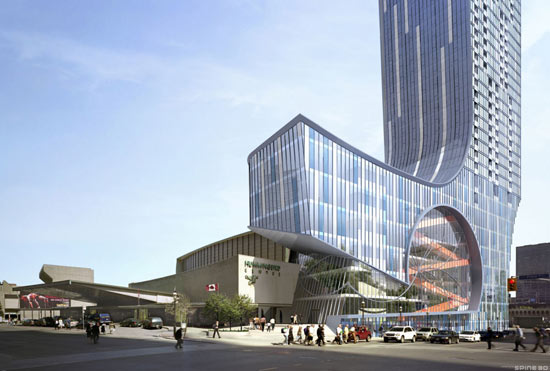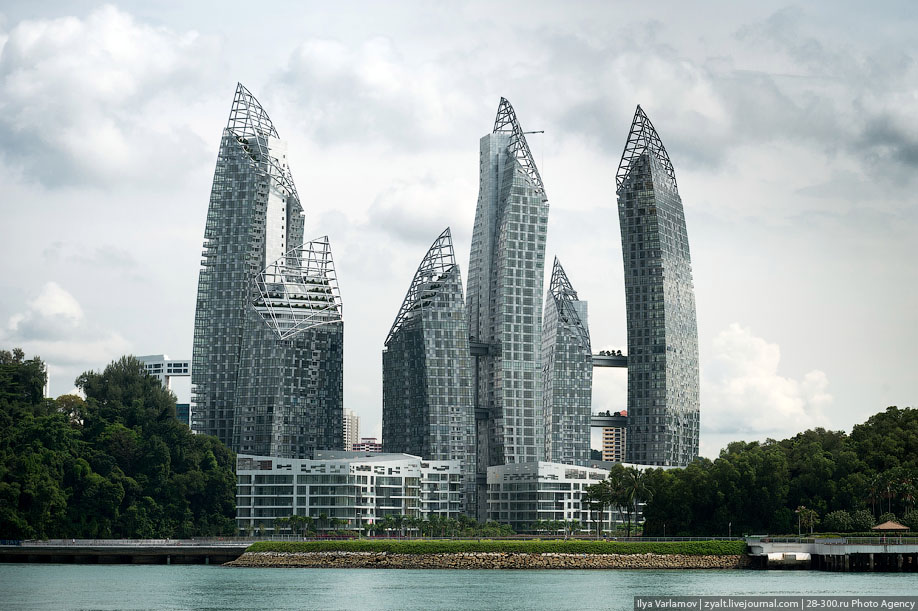Just couple of days after I arrived to Berlin my husband took me to the Jewish museum. He promised it will be an unforgettable experience.
The Museum consists of two buildings. One is the old Kollegienhaus, built in the 18th century. The other was especially designed for the Jewish Museum by a world famous architect Daniel Liebeskind.
So, back to the Jewish Museum.
Since my husband is (originally) half-Jew, I thought it might be useful to get to know things about their traditions, since the Museum covers not only Holocaust (as usually thought), but almost two millennia of German Jewish history.
The main part of the Museum is showing us random (but genuine!) belongings of the Jewish people from the period of Second World War (candelabras, tea sets, picture frames, personal letters from the concentration camps and so on, with heartbreaking stories underneath). What fascinated me was that the descendants of the persecuted Jews didn't keep these belongings for themselves (what for instance, I would do - as a memory of my grandparents); they gave these belongings as a gift to the museum, and there is something special in how they prioritize social over private.
Some things were curious (and filled my heart with sorrow), like:
Here I should tell you a bit more about the general design of this new museum building (by Liebeskind). Imagine, the floors are not straight, and so are the walls and the ceiling. There are almost no windows, only some narrow slots (also curved)... But there is even more "discomfort" in 2 special spots of the first floor that are made for letting you feel paranoiac (if not dispair). One is the so-called Garden of Exile.
The other floor starts with the stairs going to nowhere:
but then things get a little bit happier.
This floor is mainly about Jewish culture and traditions.
What I learned about Jews in this museum:
1. These guys have a really complicated religious calendar. Although I understand that most of the religions have complicated calendars, but maybe Jewish calendar looks above them all just because I'm not so much used to it.
Anyways, in this museum you can get some infos about them at the special computers, but afterwards I came home and googled hanukas and pesahs more thoroughly. With the same result though. Too complicated.
2. Same computers will tell you some stories about famous Jewish people, like Albert Einstein and Bertha Pappenheim. For instance, I didn't know that Einstein was a subject to the persecution during nazi-regime, and even his works were considered doubtful. Finally he had to leave the country.
5. Jews have such great respect for the Torah scroll that they bury it in a cemetery if it is damaged and can no longer be in use.
_________________________________________________________________________________
It was (and still is) amazing for me how Jews are supporting each other in any - ANY - matter. I think this is not a simple struggle for life. They feel the unity, and they definitely know that in fact no one else will help them but each other. There is nothing like Government, or Policy, or Social Security. Whole the world is based on People. These guys know it firsthand.
My husband would say "großartig" to name the feelings this museum inflamed in me. Great, with another words.
The Museum consists of two buildings. One is the old Kollegienhaus, built in the 18th century. The other was especially designed for the Jewish Museum by a world famous architect Daniel Liebeskind.
 |
| old building, ex-Kollegienhaus |
 |
| new building, by Daniel Liebeskind |
This guy is quite special. He designed lots of contradictory buildings around the world.. Most of them look a bit bulky and irrelevant/too futuristic, most of them include very simple elements. But you definitely need to take time and at least walk inside. Because he always has a clear idea about the purpose of the each detail. It's not just a conglomeration of metal and glass (and sometimes stone).
So, back to the Jewish Museum.
Since my husband is (originally) half-Jew, I thought it might be useful to get to know things about their traditions, since the Museum covers not only Holocaust (as usually thought), but almost two millennia of German Jewish history.
The main part of the Museum is showing us random (but genuine!) belongings of the Jewish people from the period of Second World War (candelabras, tea sets, picture frames, personal letters from the concentration camps and so on, with heartbreaking stories underneath). What fascinated me was that the descendants of the persecuted Jews didn't keep these belongings for themselves (what for instance, I would do - as a memory of my grandparents); they gave these belongings as a gift to the museum, and there is something special in how they prioritize social over private.
Some things were curious (and filled my heart with sorrow), like:
Here I should tell you a bit more about the general design of this new museum building (by Liebeskind). Imagine, the floors are not straight, and so are the walls and the ceiling. There are almost no windows, only some narrow slots (also curved)... But there is even more "discomfort" in 2 special spots of the first floor that are made for letting you feel paranoiac (if not dispair). One is the so-called Garden of Exile.
- 49 columns filled with earth are arranged in a square, standing vertically on a slanting floor. Olive willows grow out of the columns. The garden's form - a square - is the only completely rectangular form in the building. "One feels a little bit sick walking through it. But it is accurate, because that is what perfect order feels like when you leave the history of Berlin." (Daniel Liebeskind)
The second "awkward" place is the Holocaust Tower, a 24 m tall empty silo. The bare concrete Tower is neither heated nor cooled, and its only light comes from a small slit in its roof (wiki).
The other floor starts with the stairs going to nowhere:
but then things get a little bit happier.
 |
| "jewish" names of the streets |
This floor is mainly about Jewish culture and traditions.
What I learned about Jews in this museum:
1. These guys have a really complicated religious calendar. Although I understand that most of the religions have complicated calendars, but maybe Jewish calendar looks above them all just because I'm not so much used to it.
Anyways, in this museum you can get some infos about them at the special computers, but afterwards I came home and googled hanukas and pesahs more thoroughly. With the same result though. Too complicated.
2. Same computers will tell you some stories about famous Jewish people, like Albert Einstein and Bertha Pappenheim. For instance, I didn't know that Einstein was a subject to the persecution during nazi-regime, and even his works were considered doubtful. Finally he had to leave the country.
5. Jews have such great respect for the Torah scroll that they bury it in a cemetery if it is damaged and can no longer be in use.
_________________________________________________________________________________
It was (and still is) amazing for me how Jews are supporting each other in any - ANY - matter. I think this is not a simple struggle for life. They feel the unity, and they definitely know that in fact no one else will help them but each other. There is nothing like Government, or Policy, or Social Security. Whole the world is based on People. These guys know it firsthand.
My husband would say "großartig" to name the feelings this museum inflamed in me. Great, with another words.











No comments:
Post a Comment